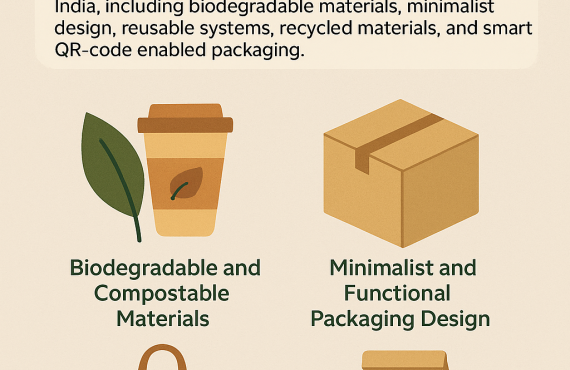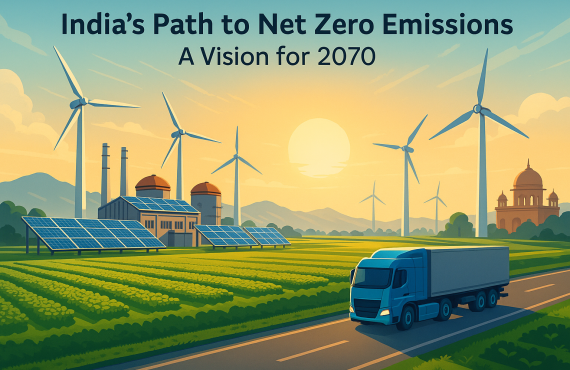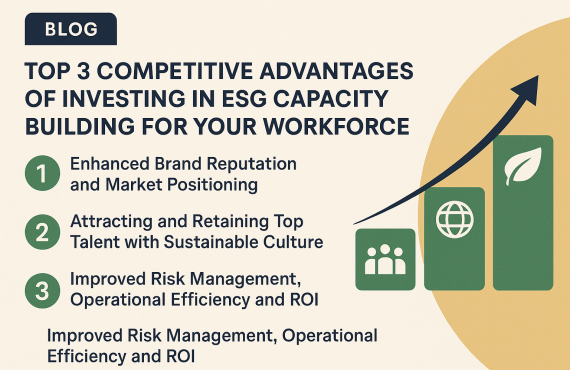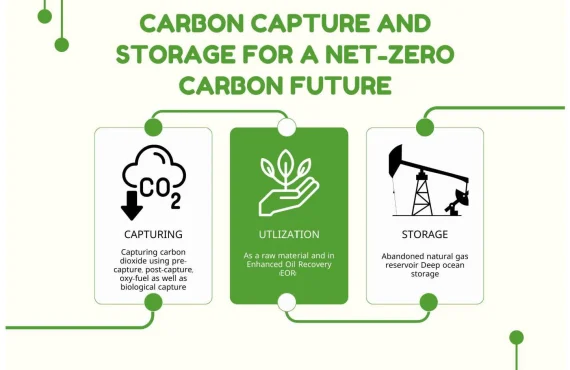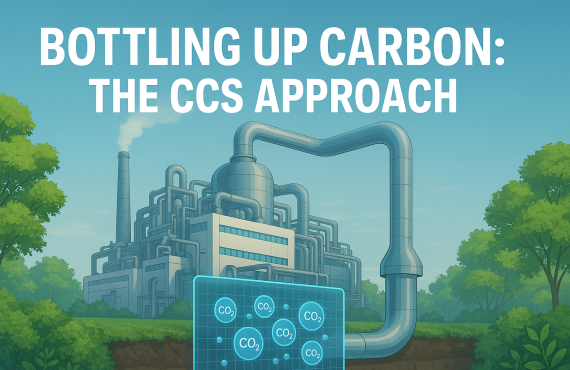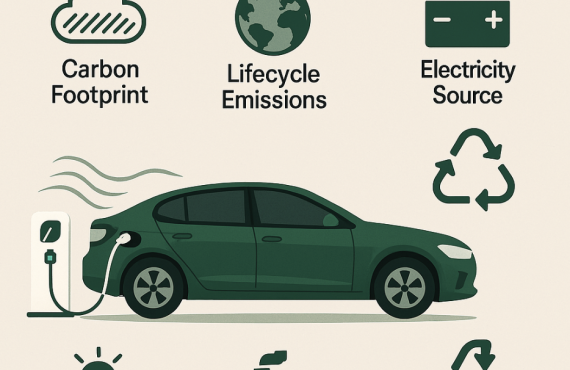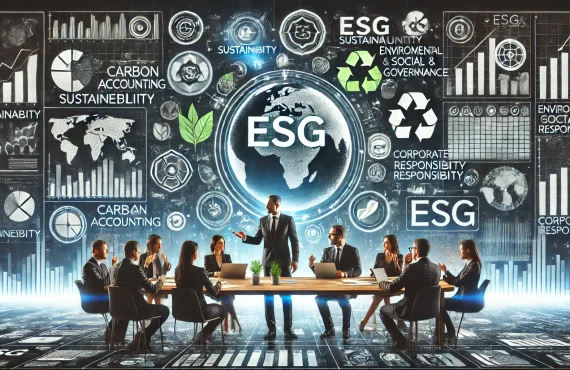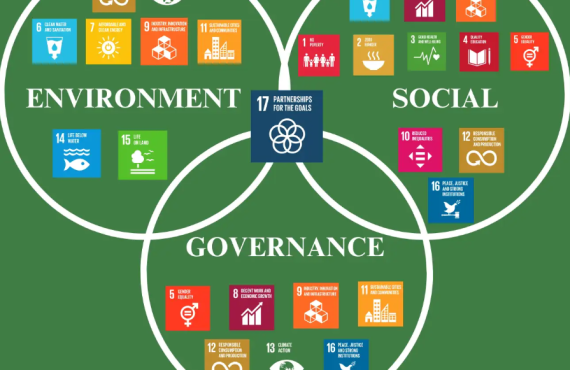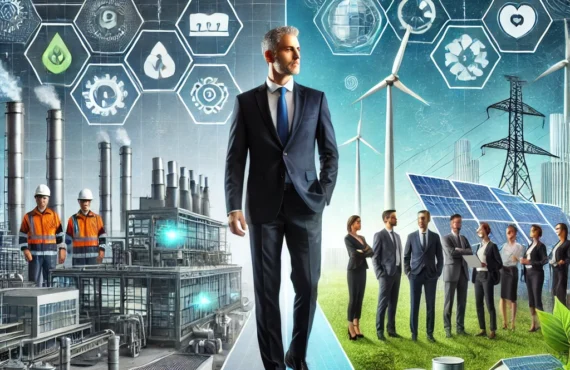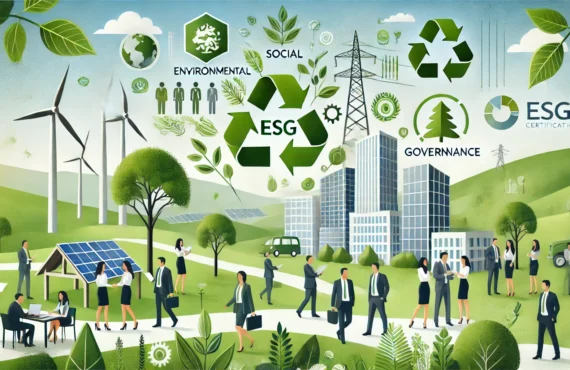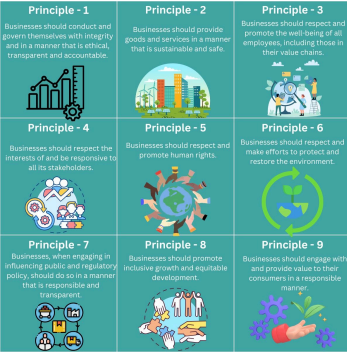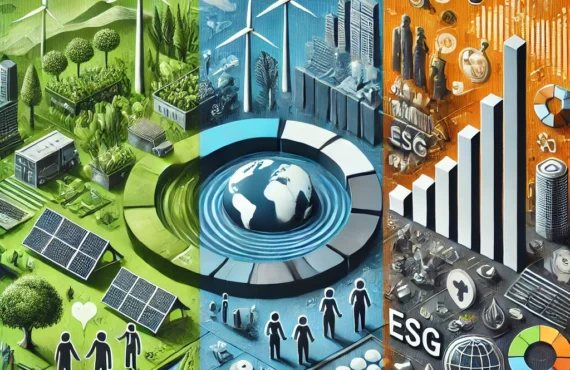Introduction: Solar Power and the Net-Zero Challenge
As the world grapples with the climate crisis, achieving net-zero emissions has become a top priority for governments, industries, and communities. The urgent need to reduce greenhouse gas emissions-primarily carbon dioxide from fossil fuel combustion-has turned the spotlight on renewable energy technologies. Among them, solar power stands out as a leading solution due to its abundance, sustainability, and decreasing costs.
Solar energy, once considered a niche technology, is now a global force that can play a pivotal role in decarbonising economies. This blog dives deep into the connection between solar power and net-zero targets, examining the current trends, future prospects, and how solar energy is shaping the transition to a low-carbon future.
Understanding Net-Zero Emissions
The term net-zero emissions refers to the balance between the greenhouse gases emitted and those removed from the atmosphere. It doesn’t mean zero emissions, but rather that any emissions produced are offset through natural sinks (like forests) or technological solutions (like carbon capture).
Achieving net-zero is central to the Paris Agreement, which aims to limit global temperature rise to 1.5°C above pre-industrial levels. According to the IPCC (Intergovernmental Panel on Climate Change), global CO₂ emissions need to decline by around 45% from 2010 levels by 2030 and reach net-zero by 2050 to avoid catastrophic climate impacts.
Why Solar Power is Essential to Net-Zero Goals
1. Clean, Carbon-Free Energy Source
Unlike fossil fuels, solar power systems produce electricity without emitting greenhouse gases. From residential rooftop panels to utility-scale solar farms, every kilowatt-hour (kWh) of electricity generated from the sun reduces reliance on carbon-intensive sources such as coal or gas.
2. Abundant and Universally Available
The sun provides more energy in an hour than the world uses in a year. This makes solar energy highly scalable and widely accessible, especially in regions with high solar irradiance. Unlike fossil fuel reserves, solar energy is virtually limitless and available in all countries, reducing dependency on energy imports.
3. Rapid Technological Advancement and Cost Decline
The last decade has seen remarkable improvements in photovoltaic (PV) technology, battery storage, and solar panel efficiency. At the same time, the cost of solar power has dropped by more than 80%, making it the cheapest form of electricity in many parts of the world.
4. Supports Decentralised Energy Systems
With the rise of off-grid and micro grid solutions, solar energy can deliver power to remote and underserved regions, helping bridge the energy access gap while avoiding emissions. Community solar programs and distributed solar generation are key elements in a resilient, decentralised net-zero energy infrastructure.
Global Trends and Commitments in Solar Energy Deployment
- India aims to reach 500 GW of non-fossil fuel energy capacity by 2030, with solar playing a dominant role.
- China, the world’s largest emitter, is rapidly expanding its solar PV installations, targeting net-zero by 2060.
- In the United States, solar accounted for more than 50% of all new electric capacity additions in 2023, driven by clean energy incentives and federal tax credits.
- The European Union has launched the REPowerEU initiative to double solar capacity and cut emissions.
Challenges to Solar Power in the Net-Zero Transition
Despite its promise, solar energy faces several hurdles:
• Intermittency and Storage Issues
Solar power is weather-dependent and available only during daylight hours. To maintain grid stability, investment in battery energy storage systems (BESS) and smart grid integration is essential.
• Land and Resource Constraints
Utility-scale solar installations require significant land area, which can compete with agriculture and natural habitats. Innovations like floating solar (floatovoltaics) and agrovoltaics are helping to overcome this barrier.
• Initial Capital Costs
Although operational costs are low, upfront installation costs can be a deterrent-especially in developing countries without adequate financing models.
Innovations Driving Solar Energy Forward
- Perovskite solar cells offer higher efficiency and flexibility at lower costs.
- Bifacial panels capture sunlight on both sides, enhancing output.
- Building-integrated photovoltaics (BIPV) allow solar cells to be embedded into windows, roofs, and facades.
- Green hydrogen production powered by solar is opening up new avenues for decarbonising industries like steel, cement, and aviation.
How Solar Power Supports ESG and Corporate Sustainability
Companies are under increasing pressure to adopt Environmental, Social, and Governance (ESG) frameworks and reduce their carbon footprint. Installing solar panels on factories, offices, and data centers helps organisations:
- Cut electricity bills
- Reduce Scope 2 emissions
- Demonstrate commitment to sustainability
- Improve ESG scores and investor appeal
Policy Support and Financing for Solar Expansion
Governments and financial institutions are offering numerous incentives to accelerate the solar transition, including:
- Subsidies and tax credits (e.g., the US Inflation Reduction Act)
- Feed-in tariffs and net metering
- Green bonds and climate finance for large-scale solar projects in emerging markets
- Public-private partnerships (PPPs) to mobilise investment
Conclusion: Solar Power is the Backbone of Net-Zero Strategies
Achieving net-zero is one of the most ambitious and urgent global missions of our time. Solar energy is not just a part of the solution-it’s the foundation of it. As technology advances, costs fall, and policies align, the world must fully harness the potential of solar power to build a cleaner, equitable, and climate-resilient future.
The road to net-zero runs on sunlight-and the journey has already begun.




